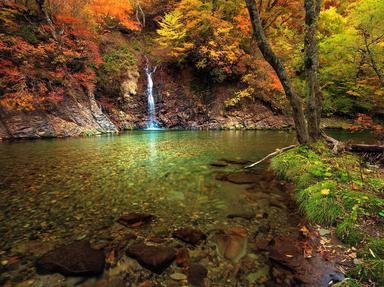
Pacific Islands: Two Legs, More or Less Quiz
Pacific nations are home to a wide variety of endemic (native) plants and animals. Here are twelve animals from as many countries and territories. Can you determine which are birds, fishes or reptiles?
A classification quiz
by Team Phoenix Rising.
Estimated time: 3 mins.